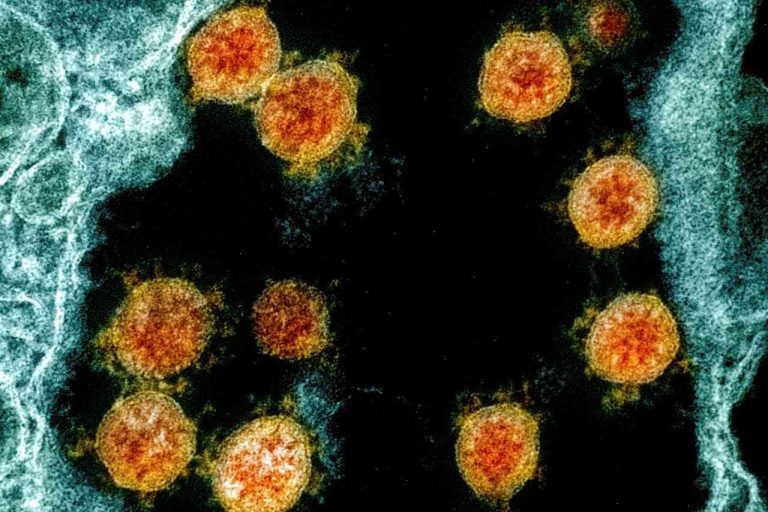Three new Canadian cases of an acute respiratory illness that was linked to a mass outbreak in Canada’s South Coast can be linked to social media— more people are using the platform to spread the illness that has killed four in recent weeks.
There are now 17 cases of the acute respiratory illness— also known as “whooping cough”— up for a diagnosis in Ontario. Nine patients in Prince Edward Island, four in the British Columbia, two in the Quebec region, and one each in New Brunswick and Newfoundland and Labrador are being treated in isolation for symptoms. A more than seven-year-old Minnesota girl died earlier this week from complications linked to the illness.
Colette Fryst, a junior high teacher and a former CIIT M.B.A. candidate, left the school on Monday, according to reports. She has not worked since May 26, but is reportedly expected to return soon.
“Our students, staff and families are all shaken by this news,” Jack Schwartz, superintendent of public education for Upper Grand District School Board told the CBC. “All have their personal and professional well-being and health at the forefront. There are no current plans to take this issue away from this community.”
The common link in the cases is that the patients were diagnosed as having a whooping cough infection— a California county with a similarly clustered pattern of cases reported three persons in a small area this month, according to the American Pertussis Network (APP).
Americans can spot whooping cough for a few days in common sense, said APP Founder and President Dr. Mona Akhter, in an interview with Fox News. Children will have coughed like this for some time after being vaccinated, as if coughing with the middle part of their mouth as if a sola cilium had caught the cough and forced the air out, she said. As a result of this, others will also develop whooping cough symptoms. Some people can catch the disease by simple breathing in tons of virus as it travels from a child’s nose or throat to their lungs.
Typically it is only 50 to 60 days since someone develops a cough, Akhter said. This is typical with the disease, which lasts from two to five weeks.
Languishing amongst a mix of irritants — seasonal pollen and flu viruses — which can spark a whooping cough outbreak is hand sanitizer.
The link with hand sanitizer and the illness “only made sense,” when an APP study was conducted between 2013 and 2017.
Akhter said people might feel a bit like they’re losing control of their environment.
“It’s like moving around on a tightrope and when something goes wrong, sometimes we feel like we have no control,” she said.
How do we think about vaccines? Americans consume three to five doses of vaccine for polio, measles, chickenpox, mumps, and varicella (chickenpox), to name a few. The Centers for Disease Control and Prevention (CDC) recommends six to 12 weeks of immunization. Vaccines are used in the United States to protect against diseases such as cancer, not only against cases of whooping cough but also any intestinal parasite, sometimes allowing up to four generations of grandchildren to be protected, Akhter said.
“We’re living in a world where you never know where you’re going to go or where you’re going to find a vaccine against another disease,” Akhter said.
Till we clean up our social media, we need a vaccine.
